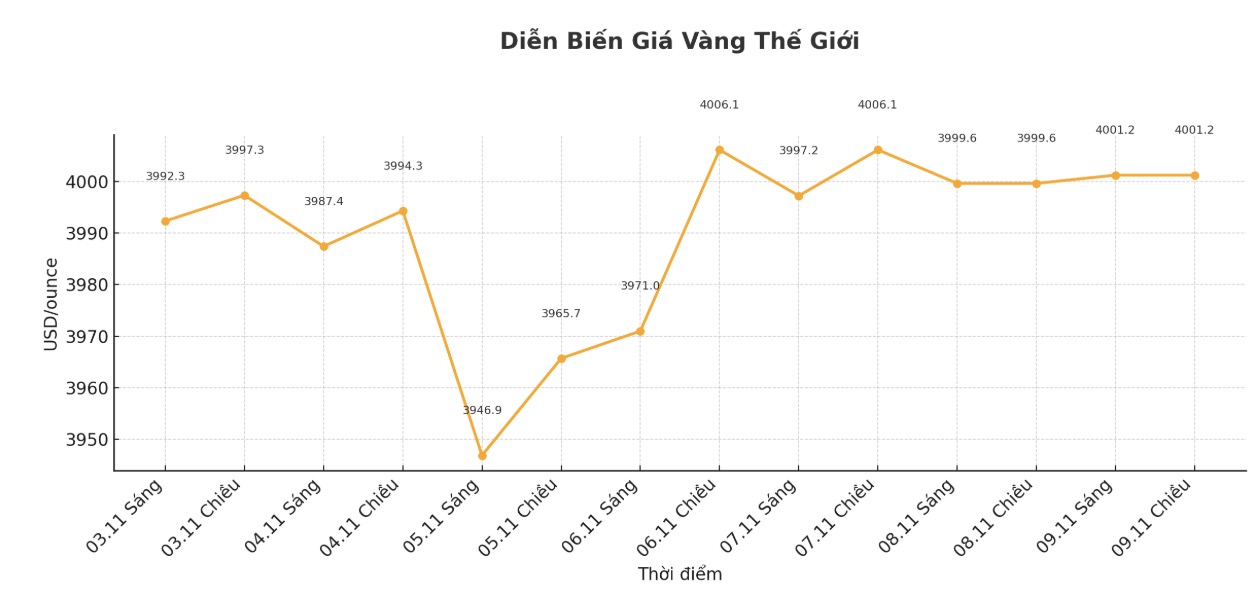Even after a busy third quarter and gold prices remaining high around $4,000 an ounce, central banks continue to operate positively in the gold market, according to updated reports to the International Monetary Fund (IMF).
Although the People's Bank of China is still a regular buyer, the Bank of Poland (NBP) continues to lead in demand. Krishan Gopaul, senior analyst for EMEA at the World Gold Council (WGC), said in a social media post that Poland bought 16 tonnes of gold in October - its first increase since May.
The banks gold reserves are currently at 530 tons, equivalent to 26% of total reserves (still below the new target of 30%) he said.

In another post, Gopaul said China added 1 ton of gold last month. Although the central bank remains a consistent and large-scale buyer, it is the lowest monthly gain in three years.
Tous gold reserves are currently at 2,304 tons, up 25 tons compared to the end of 2024, he said.
Mr. Gopaul also noted that the Czech National Bank (CNB) added 2 tonnes of gold in October. CNB is one of the central banks that have been regularly buying gold this year.
The total purchased volume since the beginning of the year has reached 18 tons, bringing gold reserves to more than 69 tons. The CNB aims to hold 100 tons of gold by 2028, he said.
In a final update, Mr. Gopaul said that the Central Bank of Uzbekistan increased its gold reserves by 9 tons in October.
"Since the beginning of the year, this country has been a net seller, but currently there are only net sales of 12 tons. Total gold reserves reached 371 tons by the end of the month," he added.
These new moves come after the World Gold Council's quarterly report last week, showing that central banks bought about 220 tons of gold in the third quarter - up 10% over the same period last year.
However, analysts note that the buying pace this year is still lower than the last three years. So far, central banks have purchased 634 tonnes of gold, and the total amount of gold added to official reserves by the end of the year is forecast to reach 750 to 900 tonnes.
Although demand from central banks has slowed somewhat in 2025, analysts do not believe that this trend will reverse soon.
In an interview with Kitco News, Matthew piggott - Director of Gold and Silver at Metals Focus said that the 50% increase in gold prices this year is one reason for the slight decrease in demand for buying from central banks. As prices increase sharply, they only need to buy less gold to achieve the target allocation ratio.
piggott added that there is little reason for central banks to completely stop buying gold, as economic instability and the need to diversify reserve assets will continue to promote gold hoarding.
See more news related to gold prices HERE...











